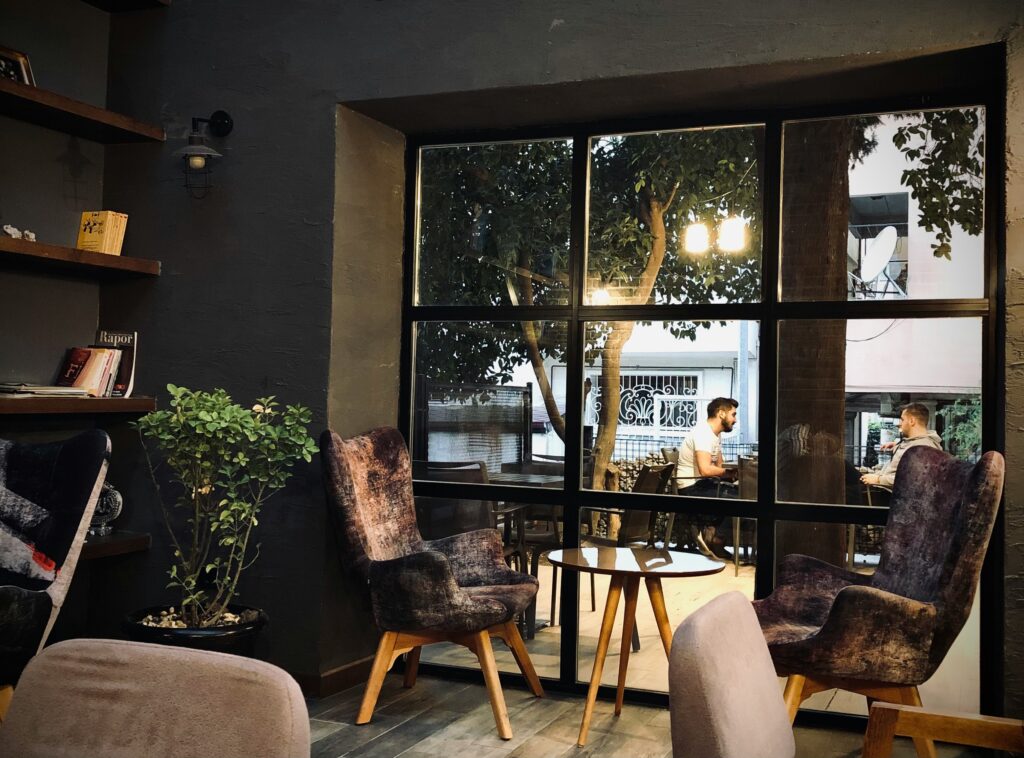
There’s an old African proverb that has been in my mind all week:
“When I saw him from afar, I thought he was a monster.
When he came nearer, I thought he was an animal.
When he was close, I saw he was a man.
And when we spoke, I found he was my brother.”
What Distance Does
Distance does strange things to how we see people. Distance distorts. It turns people into labels, threats, or categories. Whether a coworker, customer, or neighbor, the longer we stay at a distance, the easier it is to get them wrong.
I saw this up close years ago when I was the administrator of a court system. A man randomly started showing up every week, just slipping in the back row of the courtroom. He wasn’t on the docket and he didn’t have a case. I assumed the worst. So I alerted security and we came up with a plan just in case.
What I discovered when I decided to just talk to him wasn’t what I expected at all.
Turns out, he wasn’t a threat at all. He was unemployed. Even worse, he was feeling unemployable. A prior court decision kept showing up on background checks and it was keeping him from getting hired. He was stuck and didn’t know where else to go.
In one conversation, he went from a risk to a real person.
The Real Problem
From a distance, we misjudge people. We assign labels. We assume motives. But when we get close, most of the noise falls away.
It makes me wonder: What if most of our tension and suspicion and division isn’t personal? What if it’s spatial? What if we’re not overcommitted, but under-connected?
Here’s a Challenge:
This week: close one gap.
- Go talk with the person you’ve been avoiding.
- Step into the room instead of sending the email.
- Ask a real question instead of assuming an answer.
Get close enough to see. Because when we do, what we find is almost always better than we feared. You might even realize that we belong to each other.
– Trip Bodley
